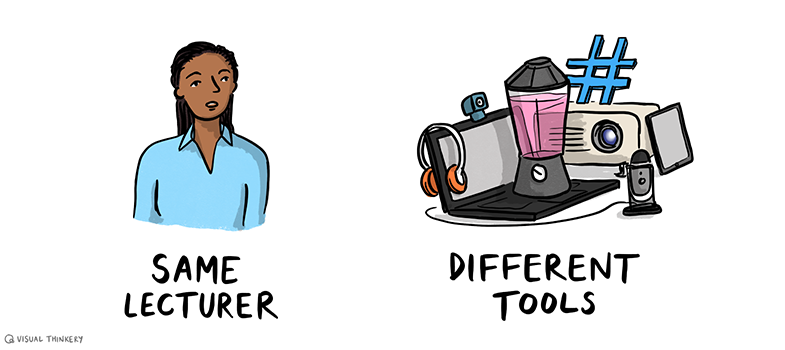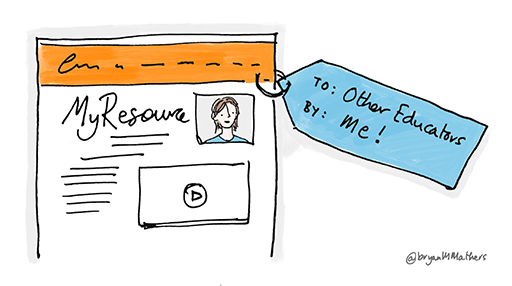4. Licensing your own materials
The other side of the OER story is to consider sharing some of your own online materials for others to reuse. For some people, there are restrictions preventing this – employers may hold the intellectual property rights to everything their staff produce and may not permit materials or content to be shared in this way, or it may even be illegal in a country to upload to sites such as YouTube. However, it can still be a valuable learning experience to follow the procedure of adding a Creative Commons licence to an item of yours, even if you just use a blank image to practise the process.
The Creative Commons [Tip: hold Ctrl and click a link to open it in a new tab. (Hide tip)] website makes the process as simple as possible by asking users to respond to a question about whether they want to permit others to adapt or potentially profit from their work. Then a licence is generated automatically. If the licence is created to be applied to a web page, the site provides code that can be copied and pasted; otherwise the image of the Creative Commons licence can be right-clicked on, and saved to a computer for later upload alongside the material. It is good practice to use the ‘Help others attribute you!’ section, which adds metadata to resources, informing other users of the creator’s name and the title and date of the work.
When sharing resources for reuse, authors and creators may wish to ensure they are always attributed as the original author/creator. This could be for the purpose of expanding their professional profile, or as a means of expanding their networks (as discussed in Session 5). This can also lead to ways of collaborating with others to refine resources, or to discuss them as part of the sharing community.
3 Evaluating the quality and relevance of OER







